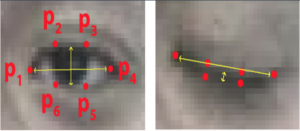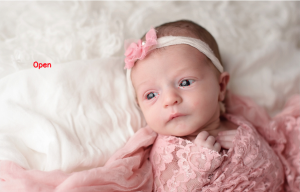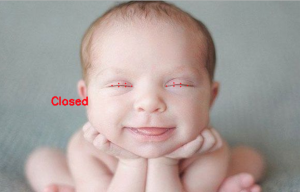Aayush:
- Used Prof. Low’s suggestion to do some pre-processing on the image before feeding it into the eye detection algorithm. In particular, I made sure the algorithm can work well with image of resolution less than the max resolution of the camera that we are planning to use. I did some testing to ensure that it works. I also did basic timing analysis using the specs of my laptop’s processor and that of the raspberry pi to figure out how the algorithm would scale as we move from laptop to raspberry pi. My rough estimations suggest that each image would take about 1.5 seconds.
- Looked into how to receive data over Wifi in android app. Started thinking about various screens for the android app.
- Going forward, I plan to develop the app and plot graphs using dummy data.
Angela:
- I gathered more samples of accelerometer data. Some samples included rocking motions, regular daily motions (of an adult not a baby), and some different gestures. I also tried to include different types of jerk movements to see how my current algorithm can tolerate those motions.
- I discovered that the accelerometer data gathered from my phone has inconsistent sampling rates, which can affect the results of the convolution and thresholding algorithm. I have been trying different ways of interpolating and also downsampling the data because my data is currently sampled at a very high frequency, which does not seem practical to use FFT’s.
- The current time that it takes to determine if a sample is during sleep or wake is less than 1 second with a sample that has 20,000 data points.
- I have tinkered with my parameters for convolution box sizes and
- This week I plan on trying different time periods and sampling rates to see how well they perform at detecting sleep of my current data samples.
Priyanka:
- I tried to get the Bluetooth module to work with the teensy-board and send data to the computer
- However, I’m having trouble getting the HC-06 to pair with the computer for longer than 9-10 seconds. In that time, only one message is send and echoed back. I’m trying to diagnose the issue by playing with baud rate, USB connections etc but none seem to be working so far.
- Also, the accelorometer is able to connect to the teensy but is not always registering changes in direction and velocity. I need to diagnose this too but this is secondary to the bluetooth situation.



